-
 Bitcoin
Bitcoin $116400
-0.36% -
 Ethereum
Ethereum $4033
3.40% -
 XRP
XRP $3.302
-1.26% -
 Tether USDt
Tether USDt $1.000
-0.02% -
 BNB
BNB $796.1
1.67% -
 Solana
Solana $177.8
1.89% -
 USDC
USDC $0.9999
0.00% -
 Dogecoin
Dogecoin $0.2314
4.09% -
 TRON
TRON $0.3381
0.14% -
 Cardano
Cardano $0.7989
1.22% -
 Stellar
Stellar $0.4496
-1.84% -
 Chainlink
Chainlink $20.42
9.42% -
 Hyperliquid
Hyperliquid $41.17
0.88% -
 Sui
Sui $3.914
3.77% -
 Bitcoin Cash
Bitcoin Cash $584.7
1.52% -
 Hedera
Hedera $0.2632
-0.54% -
 Avalanche
Avalanche $24.09
3.40% -
 Ethena USDe
Ethena USDe $1.001
-0.02% -
 Litecoin
Litecoin $123.2
1.33% -
 Toncoin
Toncoin $3.318
-0.04% -
 UNUS SED LEO
UNUS SED LEO $8.984
-0.05% -
 Shiba Inu
Shiba Inu $0.00001323
2.85% -
 Uniswap
Uniswap $10.90
4.41% -
 Polkadot
Polkadot $3.999
3.34% -
 Dai
Dai $1.000
0.01% -
 Cronos
Cronos $0.1630
9.64% -
 Bitget Token
Bitget Token $4.484
0.82% -
 Monero
Monero $272.4
2.44% -
 Pepe
Pepe $0.00001173
6.03% -
 Aave
Aave $290.8
2.88%
How do domestic users bind bank cards on OKX?
Domestic users on OKX may face challenges with direct bank card linking due to local regulations, but can use third-party processors or P2P trading as alternatives.
Apr 01, 2025 at 10:35 am
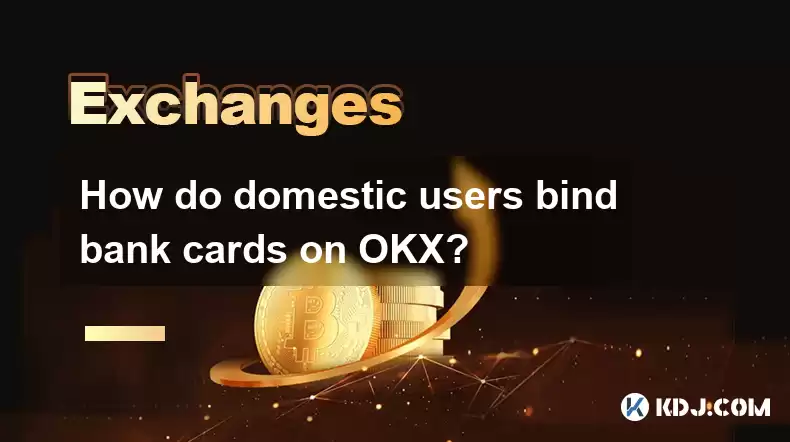
Understanding OKX's Approach to Bank Card Binding for Domestic Users
OKX, like many other cryptocurrency exchanges, prioritizes security and compliance with regulations. This often means that the methods for depositing and withdrawing fiat currency, including bank card binding, vary significantly depending on the user's location and the specific regulations in that jurisdiction. For domestic users in certain regions, direct bank card linking might not be available due to local financial regulations or the exchange's own risk mitigation strategies. This article explores the intricacies of this process, focusing specifically on the challenges faced by domestic users attempting to bind bank cards on OKX.
The Challenges Faced by Domestic Users
Many domestic users find themselves unable to directly link their bank cards to their OKX accounts. This is not necessarily a problem with OKX itself, but rather a reflection of the complex regulatory landscape surrounding cryptocurrency transactions. Many countries have strict regulations regarding the flow of funds into and out of cryptocurrency exchanges. These regulations aim to prevent money laundering, terrorist financing, and other illicit activities. OKX, to comply with these regulations, may implement restrictions on direct bank card linking for users in certain jurisdictions.
Alternative Methods for Depositing and Withdrawing Fiat Currency
Even if direct bank card linking isn't an option, there are usually alternative methods for domestic users to deposit and withdraw fiat currency on OKX. These methods often involve third-party payment processors or peer-to-peer (P2P) trading platforms. Understanding these alternatives is crucial for domestic users who want to use OKX. These methods often involve higher fees or slightly more complex processes, but they provide a pathway to use the exchange while adhering to local regulations.
Using Third-Party Payment Processors
Some domestic users might find that OKX supports third-party payment processors that operate within their country's regulatory framework. These processors act as intermediaries, facilitating the transfer of funds between the user's bank account and their OKX account. It is crucial to research and select reputable payment processors to minimize risks. The fees and processing times associated with these processors will vary. Always check the OKX website for an updated list of supported processors for your region.
Utilizing Peer-to-Peer (P2P) Trading
P2P trading offers another avenue for domestic users to deposit and withdraw fiat currency. This involves directly interacting with other users on the platform who are willing to exchange fiat currency for cryptocurrency or vice versa. P2P trading platforms often have their own verification and security protocols, which should be carefully reviewed. While P2P trading offers flexibility, it also introduces risks associated with dealing with other individuals. Thorough due diligence is essential to mitigate these risks.
Step-by-Step Guide for Exploring Alternative Methods (Illustrative)
Since direct bank card linking is not always possible, let's outline the general steps involved in exploring alternative methods. These steps are illustrative and might not apply directly to every situation. The specific steps will depend on the available options in your region and the chosen method.
- Research Available Options: Check the OKX website for information on supported payment processors and P2P trading options in your region.
- Verify Identity: You'll likely need to complete identity verification on OKX and potentially on any third-party platforms you use.
- Select a Payment Method: Choose a payment processor or P2P trading platform that suits your needs and risk tolerance.
- Follow Platform Instructions: Carefully follow the instructions provided by OKX and the chosen payment platform to complete the transaction.
- Review Transaction Details: Double-check all transaction details before confirming to avoid errors.
Understanding Regional Variations and Restrictions
The availability of bank card linking and alternative methods varies significantly across different regions. Regulatory environments are constantly evolving, so it's essential to regularly check the OKX website for updates. What works in one country might not be available in another. Always prioritize using officially supported methods to minimize the risks of fraud or account suspension.
Navigating Security Concerns
When using alternative methods, security remains paramount. Be wary of phishing scams and only use official OKX channels for communication. Never share your sensitive information, such as your password or bank details, with anyone. Choose reputable third-party platforms and exercise caution when engaging in P2P transactions. Always verify the identity of the other party and use secure communication channels.
Frequently Asked Questions
Q: Why can't I directly link my bank card to my OKX account?
A: Direct bank card linking might be restricted due to local regulations in your region aimed at preventing illicit financial activities. OKX needs to comply with these regulations.
Q: What are the safest alternative methods for depositing and withdrawing funds?
A: Officially supported payment processors on the OKX platform are generally considered safer than using unofficial methods or P2P trading, although P2P trading can be safe if done cautiously. Always prioritize officially supported options.
Q: What if I encounter problems using a third-party payment processor?
A: Contact OKX support and the payment processor's customer support for assistance. Provide all necessary transaction details and follow their troubleshooting steps.
Q: Are there any fees associated with using alternative methods?
A: Yes, most alternative methods involve fees charged by the payment processors or P2P platforms. These fees vary depending on the method and the transaction amount. Check the specific fees before proceeding.
Q: How can I verify the legitimacy of a P2P trading partner?
A: Look for positive feedback and reviews from other users. Check their identity verification status on the platform. Use secure communication channels and only transfer funds after confirming their legitimacy.
Q: What should I do if I suspect fraudulent activity?
A: Immediately contact OKX support and report the suspicious activity. Do not engage with the suspected fraudulent party and take steps to secure your account. If necessary, report the incident to your local authorities.
Q: Is P2P trading always riskier than using official payment processors?
A: While P2P carries inherent risks due to dealing with individuals, it can be relatively safe if proper precautions are taken, such as verifying the other party's identity and using secure communication channels. However, officially supported payment processors generally offer more protection.
Q: How often should I check the OKX website for updates on supported payment methods?
A: Regularly checking the OKX website for updates, perhaps once a month or whenever you plan a transaction, is advisable to stay informed about changes in supported payment methods and regulations.
Disclaimer:info@kdj.com
The information provided is not trading advice. kdj.com does not assume any responsibility for any investments made based on the information provided in this article. Cryptocurrencies are highly volatile and it is highly recommended that you invest with caution after thorough research!
If you believe that the content used on this website infringes your copyright, please contact us immediately (info@kdj.com) and we will delete it promptly.
- Bitcoin Goes to Harvard: Ivy League Embraces Digital Assets
- 2025-08-09 10:50:12
- Arctic Pablo Coin: The Meme Coin Presale Promising High ROI in Q3 2025
- 2025-08-09 10:50:12
- Pepe Price, Millionaire Potential, and Layer Brett: The Next Big Meme Coin?
- 2025-08-09 10:30:12
- Meme Coins: Multiply Your Investment with the Right Hype in 2025
- 2025-08-09 10:30:12
- Crypto, Million, Investment: Turning $1K into $1M in the Wild World of Digital Assets
- 2025-08-09 10:55:12
- Coinbase, UK Ban, and the Shifting Sands of the Financial System: A New Yorker's Take
- 2025-08-09 11:00:12
Related knowledge
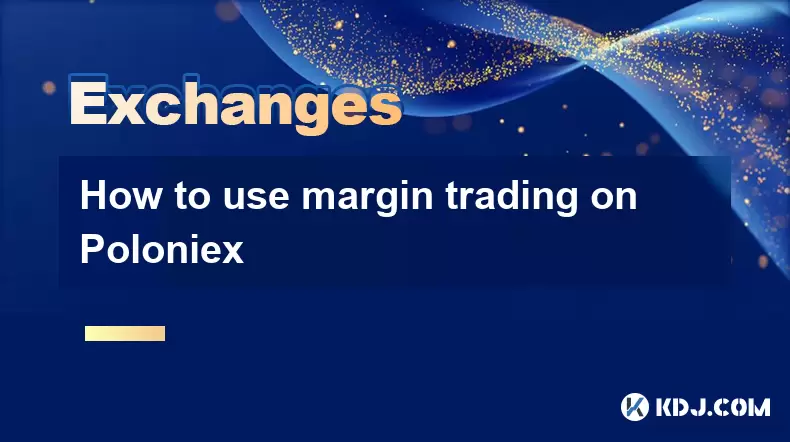
How to use margin trading on Poloniex
Aug 08,2025 at 09:50am
Understanding Margin Trading on Poloniex
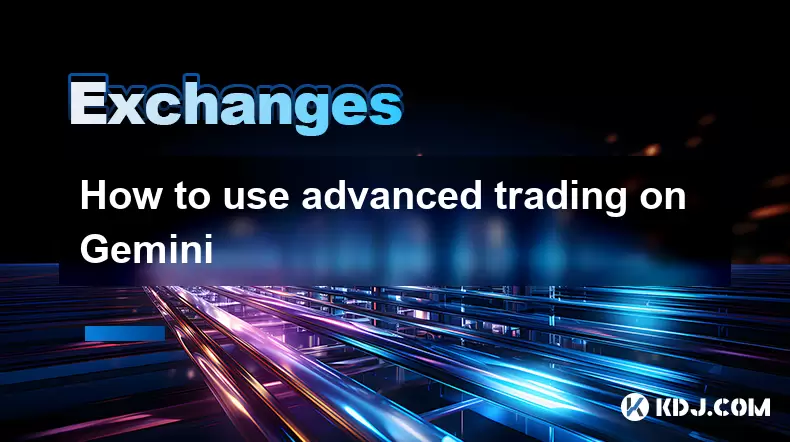
How to use advanced trading on Gemini
Aug 08,2025 at 04:07am
Understanding Advanced Trading on GeminiAdvanced trading on Gemini refers to a suite of tools and order types designed for experienced traders who wan...
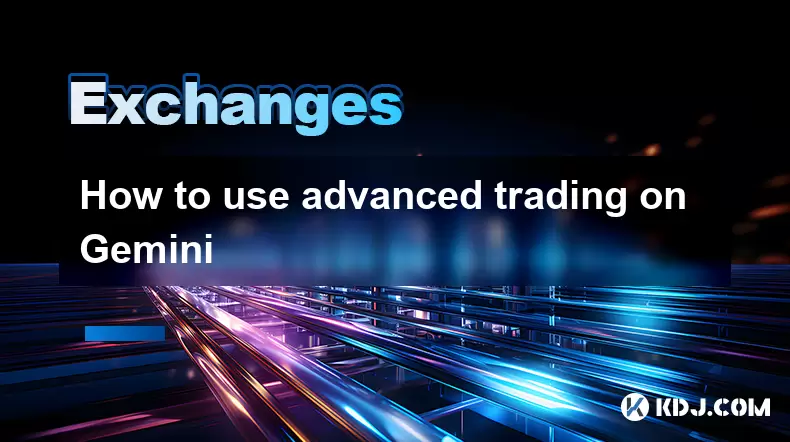
How to use advanced trading on Gemini
Aug 08,2025 at 10:56pm
Understanding Advanced Trading on GeminiAdvanced trading on Gemini refers to the suite of tools and order types available on the Gemini ActiveTrader p...
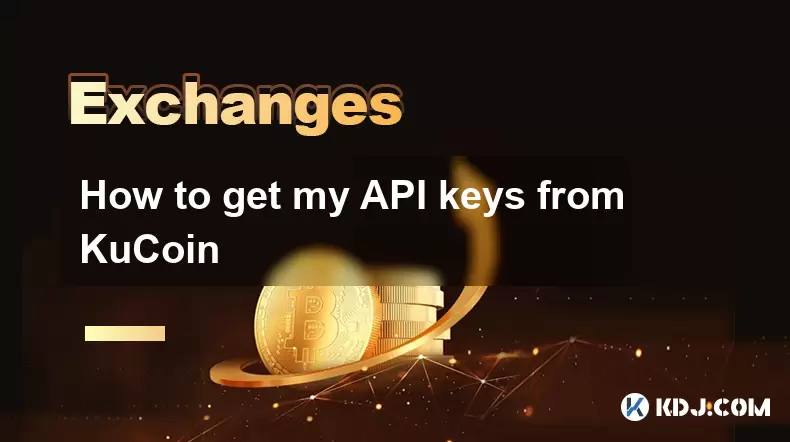
How to get my API keys from KuCoin
Aug 08,2025 at 06:50pm
Understanding API Keys on KuCoinAPI keys are essential tools for users who want to interact with KuCoin's trading platform programmatically. These key...
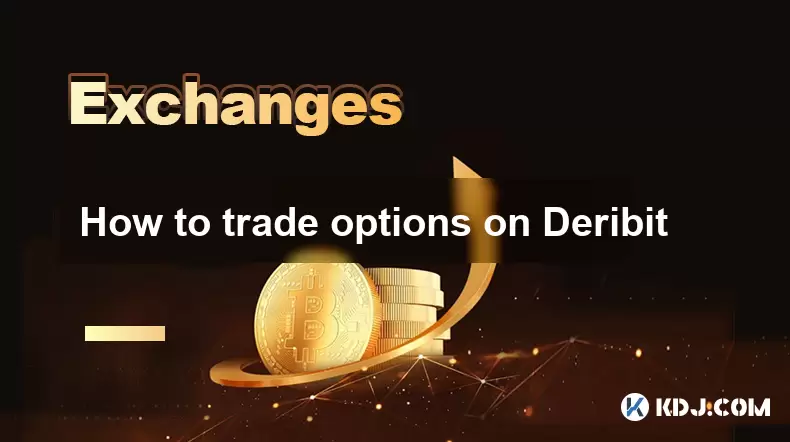
How to trade options on Deribit
Aug 09,2025 at 01:42am
Understanding Deribit and Its Options MarketDeribit is a leading cryptocurrency derivatives exchange that specializes in Bitcoin (BTC) and Ethereum (E...
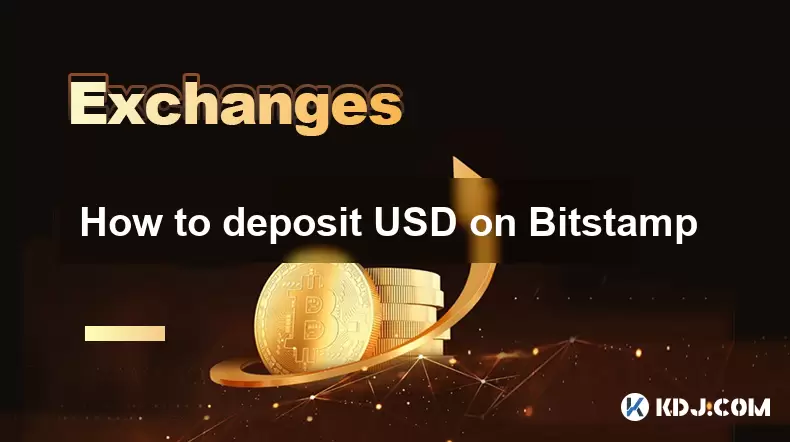
How to deposit USD on Bitstamp
Aug 07,2025 at 05:18pm
Understanding Bitstamp and USD DepositsBitstamp is one of the longest-standing cryptocurrency exchanges in the industry, offering users the ability to...

How to use margin trading on Poloniex
Aug 08,2025 at 09:50am
Understanding Margin Trading on Poloniex

How to use advanced trading on Gemini
Aug 08,2025 at 04:07am
Understanding Advanced Trading on GeminiAdvanced trading on Gemini refers to a suite of tools and order types designed for experienced traders who wan...

How to use advanced trading on Gemini
Aug 08,2025 at 10:56pm
Understanding Advanced Trading on GeminiAdvanced trading on Gemini refers to the suite of tools and order types available on the Gemini ActiveTrader p...

How to get my API keys from KuCoin
Aug 08,2025 at 06:50pm
Understanding API Keys on KuCoinAPI keys are essential tools for users who want to interact with KuCoin's trading platform programmatically. These key...

How to trade options on Deribit
Aug 09,2025 at 01:42am
Understanding Deribit and Its Options MarketDeribit is a leading cryptocurrency derivatives exchange that specializes in Bitcoin (BTC) and Ethereum (E...

How to deposit USD on Bitstamp
Aug 07,2025 at 05:18pm
Understanding Bitstamp and USD DepositsBitstamp is one of the longest-standing cryptocurrency exchanges in the industry, offering users the ability to...
See all articles

























































































